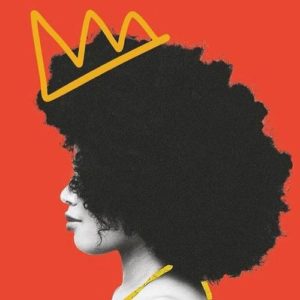In honor of the beginning of a new school year, I want to dedicate this week’s blog to culturally responsive learning. And while, in this moment, I am writing this from the perspective of a teacher, adopting, accepting, and amplifying this learning style is not just important for educators, but for parents, staff members, and students. So, before I travel back through the years of trauma and erasure that inspired this post (or nearly all posts), let’s start with something a little less heavy: defining culturally responsive learning.
Although there is widely accepted definition of this term, for the purpose of this entry, culturally responsive learning is one that reflects, embraces, and actively acknowledges/discusses ALL members of a community. And sure, understanding the core purpose of this term is great, but it is the actions we take that make this concept whole. While our actions may differ dependent on our role, all actions are necessary and valuable.
For example, some of a teacher’s responsibilities are facilitating honest discussions, processing accurate historical accounts with students, and creating an environment, as well as learning experiences, that represent and celebrate those in the classroom. And, yes, teachers provide a degree of this education, but staff members also must create an environment and make an active commitment to their own learning to ensure the school becomes a safe and equitable space for all. Not to mention, it is important to for students to see themselves in faculty members (meaning not all faculty should be cisgender, heterosexual white people). On the other hand, it is the responsibilities of parents to support this education by welcoming similar discussions at home, recognizing the relevance of topics surrounding race, sexuality, and more, in an academic setting, and making an active effort to continue their own education in hopes of providing their kids with skills necessary to create a future where ALL are welcomed, accepted, uplifted, celebrated, and not only have access to, but have equal access to, all opportunities.
I know plenty of parents, principles, faculty members, and so on, oppose a more direct and transparent approach to learning. This is exactly why I saved one of the most important demographics for last: the students. Many will argue that this curriculum and “agenda” inspires a division amongst students, leaving many to feel poorly, unincluded, or guilty. If this is you, I want to invite you to explore the reality of the students who already experience this daily. As a Black student, I can assure you I constantly felt overlooked, unaccepted, and that my existence was wrong. I never saw myself reflected in my academic spaces, I never heard of Black accomplishments, I never discussed elements of my culture or accurate history, and I was always made to feel as though being Black was morally wrong.
No one cared about that, though. However, once we challenged the notion of white comfort, everyone was concerned, despite it being means of achieving life-saving goals and mentalities. I promise, ignorance is much more dangerous than a momentary feeling of discomfort. We need to step up. We owe it to the next generation, to this generation, and to ourselves.


